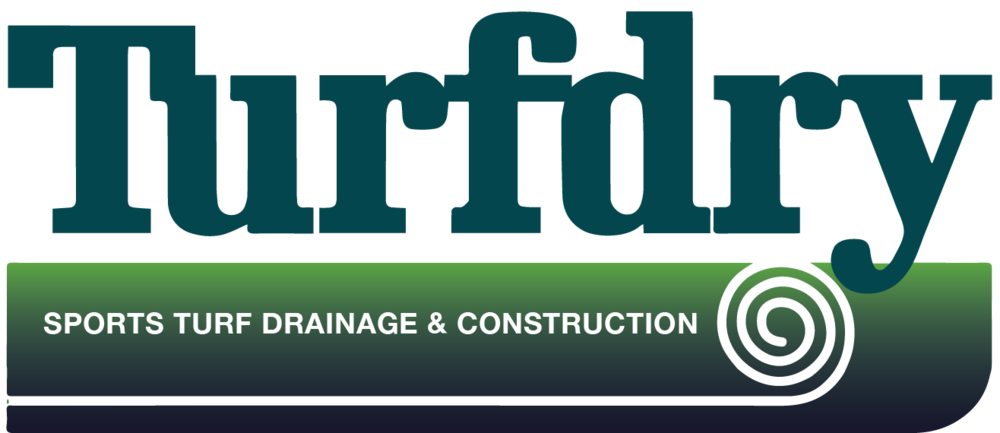Golf Course Surveys with high accuracy differential GPS Surveying Equipment
Full 3D topographical plan of the golf course produced, accurate to within 15mm in level (vertically) & 7mm in location (horizontally) over 5 kilometres
What are the benefits of Golf course GPS surveys?
- Study of surface hydrology for drainage assessment and design.
- Precise course measurement.
- Accurate score-saver cards or graphics to be displayed on tees showing individual hole layouts.
- Preparation of maintenance programmes - calculating precise area of greens, fairways, etc. to determine - for example - exact fertliser requirements.
- Planning course alterations - computer model held in full 3D - large-scale plans could be produced for particular areas of the course - or for each individual hole. Cross-sectional plans also available.
- Accurately recording the position of buried services that are visible at the surface: electricity cables; gas; telecommunications; irrigation; drainage; etc.
- Clubhouse and locker room displays of the course layout (in a range of presentation styles).
- At additional cost (typically around £500), up to date 2D Ordnance Survey information can be obtained and superimposed onto our surveys, enabling the plans to show how the course sits within the surrounding environment (roads, railways, field boundaries, housing, etc.).
Information is presented to client in a range of formats - hard copy, .pdf and 3D digital (.dwg), the latter enabling information to be accessed by the
client provided that they have compatible software, such as AutoCAD.
What is involved in the surveying process?
- Reference receiver set up on-site on tripod - no visual contact with surveyor required.
- Roving receiver carried by surveyer, attached to a staff with a ground spike.
- Both recievers communicate with each other, and with satelites orbiting the Earth.
- Individual readings taken by placing the staff on any point on the ground and keying in the appropriate numerical code to identify different objects to be found on golf courses: greens; tees; bunkers; fairways; trees (various sizes); buildings; paths; ponds; streams; ditches; sprinkler heads; control boxes; irrigation cables; drainage pipes; etc. Up to 100 different codes may be used during a golf course survey.
- Each reading plots an exact position (vertically and horizontally), building a comprehensive topographical survey.
- Over 10,000 individual readings may be taken during a typical 18-hole course survey.
- On heavily wooded golf courses the use of GPS may be restricted and may need to be supplemented by ground based ‘total station’ surveying.
What is the Cost?
Typical cost is up to £10,000 plus VAT for a basic GPS survey of an 18-hole golf course.
Cost can vary according to location of site (travelling and subsistence costs) and according to the degree of detail required (e.g. a survey would normally show the location of the main clubhouse building, but would not show subsidiary buildings, car parks, other land-holdings, etc., unless specifically requested). Trees on fairways are shown individually, but others are plotted as tree canopies.



